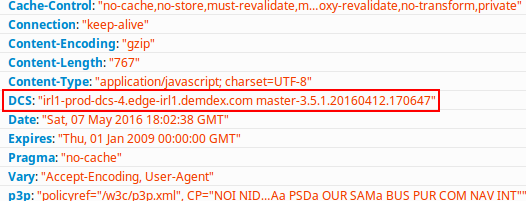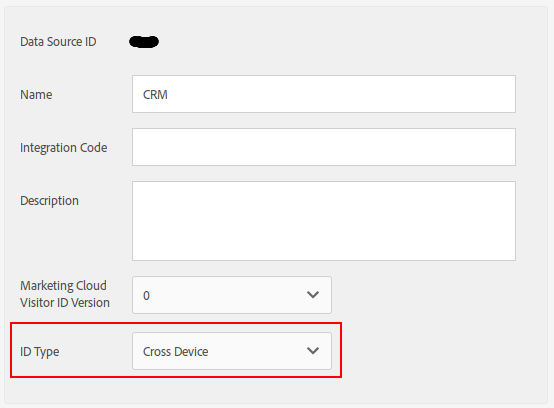
First visit targeting
08 May 2016 » AAM
If you are working with a DMP like Adobe Audience Manager, I am sure you have come across the following problem: you want to target your visitors on site, immediately after they log in, using on-boarded data, even on the first visit. This last statement is, precisely, where the problem is. The way AAM processes on-boarded data is as follows:
- You upload your CRM data to AAM, either to an SFTP location or an S3 bucket
- Every 12h, AAM reads all on-boarded data and processes it, converting the signals into traits
- The traits are stored in the core servers
- A visitor logs in for the first time
- Since the communication between the browser and AAM is done through the edge servers, these servers have at this moment in time no on-boarded information for that visitor
- The edge servers where this visitor activity has happened, request the on-boarded traits to the core servers
- In a batch process, core servers send to the edge server the visitor’s on-boarded information
This whole process can take 24h, which means that the visitor needs to come back again after this period of time, in order to be targeted on site using the on-boarded information. In some cases this can be acceptable, but in others, it just means a lost opportunity, as the visitor might not log in again for weeks or months.
Real-Time Data Transfers With the DCS API
Fortunately, AAM has a solution for that: send the data directly to the edge servers through the DCS API. Unfortunately, the process is more complex than a simple file upload. Let me summarise it:
-
Determine the DCS region. You need to guess which will be the closest DCS to your visitors. There are currently 7 DCS regions. In order to do that, you should analyse the HTTP response headers of a call to your demdex.net subdomain from the region in which you expect the visitor to be. This an example I get connecting from the UK through one of my customers’ website:

As it can be seen, I am redirected to the Irish DCS. In general, there are only one or two data centres per geography, so it should not be too difficult to get the right one. -
Generate the URL. These are the parts of the URL you will need to include:
- Host. Use the host name from the list at the bottom of this page. For example, in my previous example, it would need to be
irl1.demdex.net. - Path. Just use
/event. - Query string parameters:
- Return data in JSON format:
d_rtbd=json - Use JSON v1:
d_jsonv=1 - Set the visitor identification using either
d_cidord_cid_ic, where you will be setting the DPID or integration code and the CRM ID (more info) - Set all key/value pairs that categorise the visitor, which will make him qualify for traits you have already created in AAM (remember to use the correct prefix for the keys)
- Return data in JSON format:
- Example:
http://irl1.demdex.net/event?d_rtbd=json&d_jsonv=1&d_cid=12345%01987654321&c_evar1=abc&c_events=event1
- Host. Use the host name from the list at the bottom of this page. For example, in my previous example, it would need to be
-
Add HTTP parameters. In your code, you need to have the capability of modifying HTTP parameter and set a different
Hostparameter. By default, this parameter is set to the host name in the URL, but in this particular case, you must be set it to yourdemdex.netsubdomain. The idea is that the resolved IP is that of the DCS, but the host is the one assigned to you. It should be something likeHost: xyz.demdex.net.
Profile Link
You will also need to enable Profile Link. In order to do that, you need to create a cross-device data source in AAM. This data source ID or its integration code is what you will be using in the d_cid or d_cid_ic parameters mentioned earlier.

You also have to create or edit a profile merge rule to include an authenticated profile.

Final result: targeting on the first visit
This is what will happen with the previous setup:
- You will upload all your customer data directly to the DCS, using your CRM ID
- AAM will create an authenticated profile for each of your customers, using the supplied CRM ID as the key
- Your customer lands on your website
- Your customer logs in
- AAM will immediately combine the device profile and the authenticated profile, using the data stored in the DCS
- You will be able to target the visitor on the next page after logging in
- At regular intervals, you need to upload your updated customer data
I know this process sounds more complicated than the standard file upload, but the extra complication is just for the set up. Once done, it should all be automated.